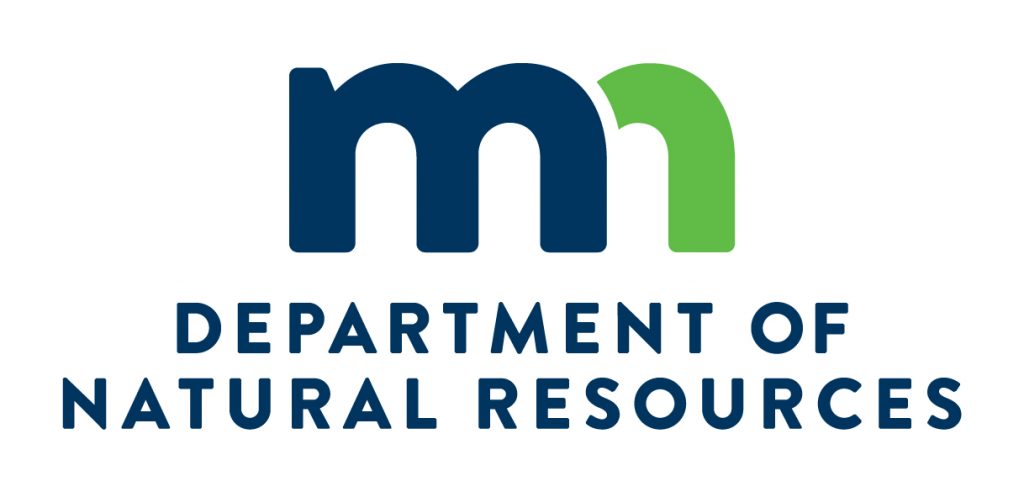DNR and City of Duluth celebrate Kingsbury Bay,
Grassy Point completion with ribbon-cutting

WHAT:
The Minnesota Department of Natural Resources, City of Duluth, U.S. Fish and Wildlife Service, and U.S. Environmental Protection Agency Great Lakes Restoration Initiative will celebrate the completion of the state’s largest aquatic habitat restoration project at Kingsbury Bay and Grassy Point with a news conference and then a ribbon-cutting at a newly installed fishing pier.
WHO:
- Sarah Strommen, Department of Natural Resources commissioner
- Emily Larson, Duluth mayor
- Amy Pelka, U.S. Environmental Protection Agency, Remediation and Restoration Section II chief, AOC focus
- Charles Wooley, U.S. Fish and Wildlife Service, Midwest Region 3 regional director
WHEN:
Monday, Sept. 12 from 1 to 2 p.m.
WHERE:
Indian Point Campground, 7000 Pulaski Street, Duluth at the new fishing pier accessed adjacent to campsite #58.
ADDITIONAL INFORMATION:
Minnesota DNR staff will be available for pre or post-event interviews to share information about the upcoming sediment reduction project at Kingsbury Creek and efforts to restore wild rice in Kingsbury Bay. To arrange a pre- or post-event interview, please RSVP with Cheri Zeppelin, NE regional information officer, at cheri.zeppelin@state.mn.us.
ABOUT THE PROJECT:
The three-year, $19 million construction project began in June of 2019 to restore 230 acres of coastal wetland habitat at Kingsbury Bay and Grassy Point. The Kingsbury Bay and Grassy Point project areas were identified in 2013 as two of 17 sites in need of habitat restoration within the St. Louis River Area of Concern. Nine habitat restoration projects have now been completed by DNR and partner agencies. Restoration of Kingsbury Bay and Grassy Point brings the St. Louis River AOC one major step closer to removal from the binational list of most impaired regions on the Great Lakes.
Restoration of Grassy Point required the removal of approximately 130,000 yards of wood waste that was deposited into the river from two historic mills built on stilts over the water. The mills no longer remain at the site, but the wood debris – up to 16 feet deep in locations – remained there 120 years later and continued to impair fish and invertebrate habitat. The site restoration included removing invasive narrow-leaved cattails and creating new islands to shelter the restored wetland from wave action.
A-mile-and-a-half upstream, the Kingsbury Bay project focused on the removal of approximately 140,000 yards of excess sediment deposited there by upstream erosion and Duluth’s 2012 flash flood. The project restored coastal wetland habitat, created open water, and improved recreational opportunities for boaters and anglers. The clean sediment removed from Kingsbury Bay was reused at Grassy Point to cap the new islands, which were planted with native trees, grasses, and flowering plants. The Kingsbury Bay sediment was also used to cover areas of the Grassy Point river bottom where wood waste was removed to help reestablish healthy aquatic plant and wildlife communities. After completing the in-water work at Kingsbury Bay, a new 108-foot long fishing pier was installed, giving anglers access to improved fish habitat.
City of Duluth DNR Grassy Point Kingsbury Bay Minnesota Department of Natural Resources Minnesota DNR MN DNR

